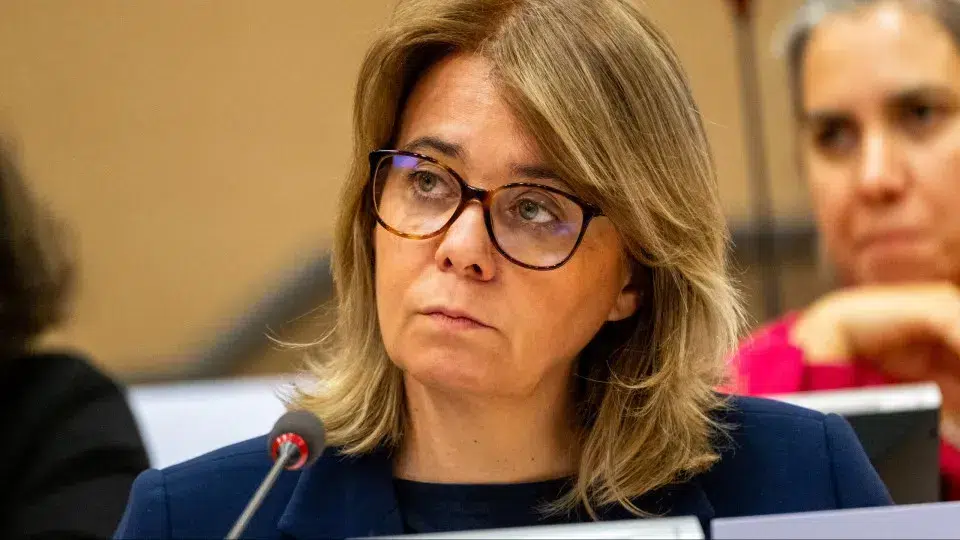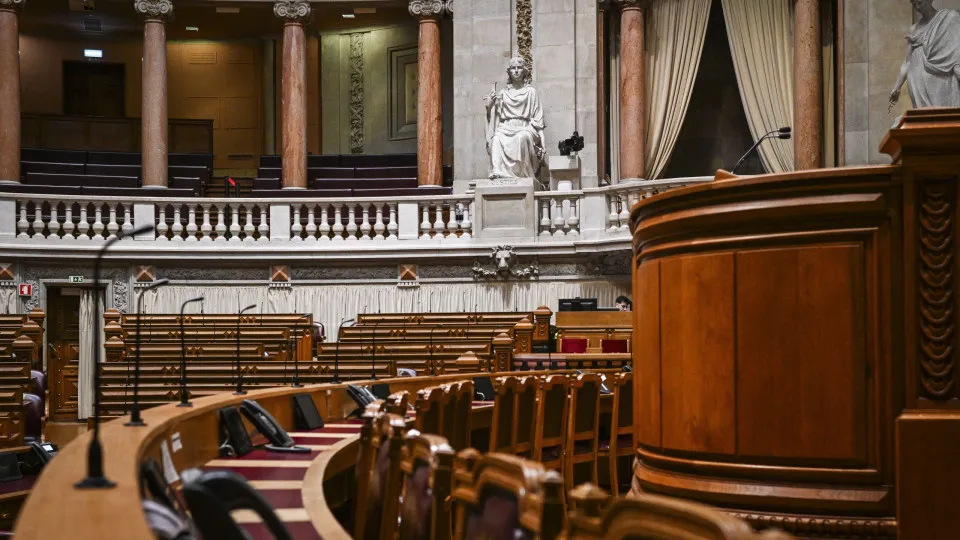
The European Investment Bank (EIB) has signed a financing agreement to support the construction of the first phase of the Porto-Lisbon high-speed rail line based on the proposal submitted by the winning consortium, an official EIB source confirmed today.
The EIB highlighted that the proposal initially submitted by the consortium reflects the depth and specifications approved during the public tender process and incorporated in the project’s Environmental Impact Assessment (EIA).
“Any material change to the project would require a formal review by the lenders and relevant authorities,” the source stated.
The EIB further emphasized its commitment to rigorous evaluation standards, strict adherence to environmental, social, and procurement guidelines to ensure that all funded projects align with European Union policy objectives and legal frameworks.
On September 1, consortium AVAN Norte (former LusoLAV: Mota-Engil, Teixeira Duarte, Alves Ribeiro, Casais, Conduril, and Gabriel Couto) announced plans to propose a high-speed station in Gaia south of Santo Ovídio and two bridges over the Douro instead of one road-rail bridge, differing from the tender specifications.
The high-speed line concession contract, signed on July 29 and published on the Base portal last Wednesday, specifies a single road-rail bridge over the Douro and that the Gaia station is located in Santo Ovídio.
The Gaia high-speed station location at Santo Ovídio, connected to two metro lines (Yellow and Ruby), and the road-rail bridge solution over the Douro, decisions now under review by the construction consortium, have been planned since September 2022 when the high-speed line project was first introduced.
On September 2, Infrastructure Minister Miguel Pinto Luz expressed unawareness of the alternate proposal for the Gaia station and the dual bridge solution by the high-speed construction consortium but highlighted the importance of clarifying the issue legally and juridically.
Following the October 2024 project award, wherein the consortium released a video featuring the Santo Ovídio station and a road-rail bridge, an alternative plan was presented in April, proposing the Vilar do Paraíso station and two bridges instead.
On April 16, the government underscored that any potential change must be legally safeguarded, fully compliant with tender requirements, and secure municipal approvals, noting the project’s basis on the winning consortium LusoLav’s proposal aligned with IP’s preliminary project, featuring the Santo Ovídio station linked to the Yellow Metro Line, and a single bridge.
In April, consortium representatives admitted at the Gaia Council a “formal fear” regarding their alignment with the public tender, acknowledging a potential cost increase and requesting the variations not be labeled as “alternatives,” a crucial factor “in formal and legal terms,” amid concerns such rhetoric could be “detrimental in the final battle,” according to Rui Guimarães.
“We will need your [municipality’s] support. We all have to approach IP and APA to get approval for these solutions, especially for the station,” added Jorge Rodrigues, another representative.
The high-speed rail line’s Porto-Oiã section secured a 875 million euro financing from the European Investment Bank (EIB), marking the largest individual contract within the InvestEU framework.
The development cost of the Porto-Oiã section reaches 1.661 billion euros (current value of availability payments).
In 2024, the EIB approved a three billion euro financing package, with the first tranche of 875 million, announced today, earmarked for construction of the Porto-Campanhã—Oiã (Oliveira do Bairro, Aveiro) section.
Besides the EIB loan partially guaranteed by the InvestEU program, the project will also receive additional 900 million euros in funding from various national and international financial institutions, 480 million in Connecting Europe Facility (CEF) grants, and 150 million in co-financing by IP.




